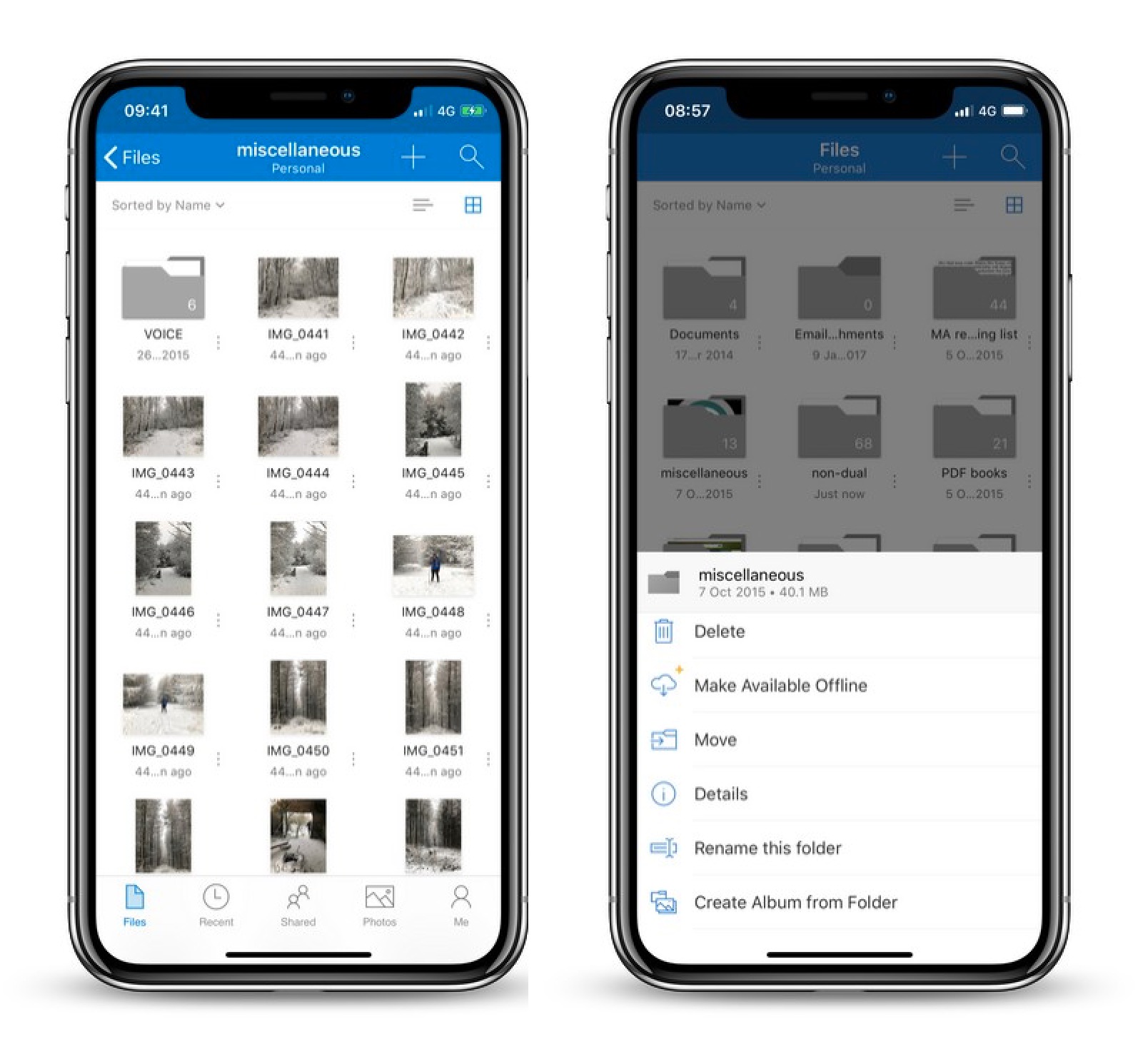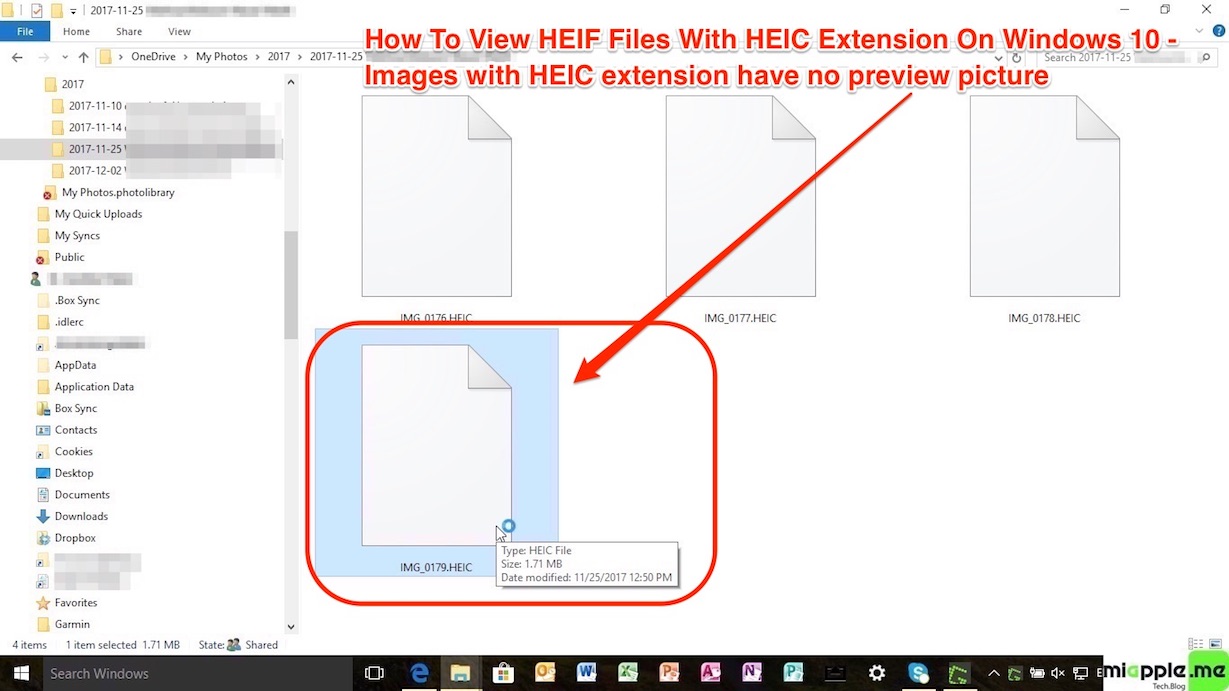

- #How to view file types in ios 11 for free#
- #How to view file types in ios 11 how to#
- #How to view file types in ios 11 zip file#
- #How to view file types in ios 11 archive#
- #How to view file types in ios 11 plus#
There is an alternative way to import your files to Documents.
#How to view file types in ios 11 plus#
Open Documents and tap the purple plus button.
#How to view file types in ios 11 for free#
#How to view file types in ios 11 how to#
Here's how to access files on your iPhone: We've designed Documents as a central hub for all your files so you can easily organize everything in one place. What is HEIC HEIC is the file format name Apple has chosen for the new. Here is the list of supported file formats: File Viewer With the release of iOS 11, Apple replaced JPEG with a new image format called HEIC. There's no need to look for multiple apps as Documents can open any file for you. No matter what's in your ZIP archive, be it a hefty photo album, or a bunch of scanned PDFs, Documents unpacks it in a snap! Which other files can you open with Documents?īesides ZIP archives, Documents can handle a large variety of file types so you can read books, review PDFs, enjoy photos, listen to music, and watch videos.
#How to view file types in ios 11 zip file#
Your ZIP file will be opened in Documents.
#How to view file types in ios 11 archive#
Once you received a ZIP archive via email, a messenger, or any other app, tap on this file.Current version of SafeExamBrowser for iOS/iPadOS 11 and newer. You can download Documents for free to do almost anything with your files. Support for encrypted SEB setting files (file type. This is the best file manager and media player for iPhone and iPad. That should bring up an iOS share sheet with all available sharing options, from iMessage, email, Facebook, etc.If you're looking for the fastest and easiest way to open a ZIP file on your iPhone, try Documents by Readdle. How to view recently opened or added files Launch the Files app from the Home screen. Enter a search query and tap the file that comes up or tap Search in the bottom right corner of the screen. As with the above, select the files you’d like to share and tap the Share button. How to search for specific files Launch the Files app from your Home screen. You can also use the Select functionality to share files with friends and family.With files selected, simply tap the Delete button at the bottom of the screen to remove the files from your device. Along with moving files, the Select functionality can be used to bulk-delete files that are no longer needed.Simply select your destination folder (or another cloud service) and the files should be moved. Next, tap the Move button to bring up the in-app file system, allowing you to move your files or folders with a single tap.Once tapped, a check mark should appear in the circle to indicate that it has been selected. As with other apps for iOS, you can select the file or folder by tapping on the small circle that appears next to the file/folder icon.Your first step is to put the app into Select mode by tapping the Select button in the top-right of the display.If you can’t get the hang of the new drag-and-drop functionality, or if you want to move files using the smaller display of the iPhone, you can move them manually. Move, share and delete documents manually Once you’ve accessed the destination folder, simply lift your original finger to drop the files into place.APFS is the default file system in macOS, iOS, watchOS, and tvOS. Therefore, the file system is one of the fundamental resources used by all processes. You can interact with iOS as normal while holding a finger on-screen to drag and drop files. A file system handles the persistent storage of data files, apps, and the files associated with the operating system itself. While keeping your finger on-screen, use another finger (or better yet, your other hand) to browse the Files app and find the folder you’d like to move your files to.You can move additional files by tapping them while holding the original document – they should all stack beneath your finger.Tap and hold the file you’d like to move – it should pop out of its original place and follow your finger wherever it goes on-screen.To add the ‘Type’ column, right-click on any of the columns towards the top of the files. Doing so will display the details of the files. In our example, we’re choosing the former.


Press Windows Key+ E and you can find the icon of iCloud Photos. Open File Explorer and navigate to a folder that contains a few files.

Right-click iCloud icon in the taskbar and click download photos. Mails, contacts, calendar, and tasks would be imported to Outlook directly. It’s still possible to select and move files using on-screen buttons but it’s much faster to simply drag and drop them using your fingers. Select the files you want to view and download, and then click Apply. Drag-and-drop was a huge part of the iOS 11 at WWDC 2017 in June, so it comes as no surprise that it is an integral part of the Files app.


 0 kommentar(er)
0 kommentar(er)
